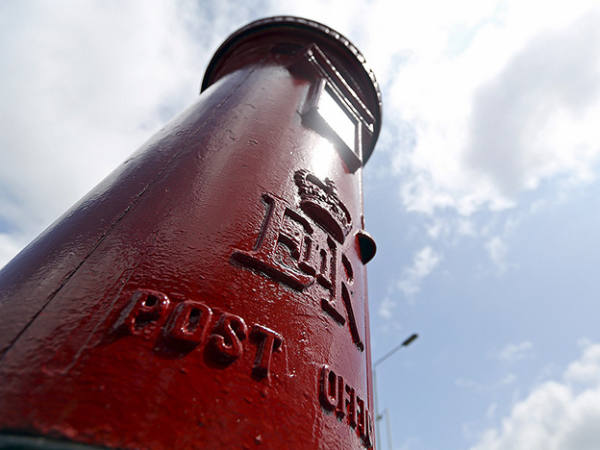I have a dilemma: it’s the time of year when I usually want to increase my equity exposure, but the outlook for the market is mixed. On the one hand, we can look forward to continued growth in the euro area, and prices are still above their 10-month moving average which suggests momentum is with the market. But on the other hand, we face the risk of a slowdown in China, dangers from high debt around the world, and a less than ideal political environment. (Some of you would add to the dangers the prospect of higher interest rates in the UK and US, but history shows that markets usually withstand these over the medium-term.)
One solution to this dilemma is to avoid judgment-based futurology and instead ask: are there any leading indicators of returns which predict the market?
Yes. A handful of variables has explained over half of the variation in annual returns on the All-Share index over the past 20 years. Taken together, this handful has only seriously let us down once – when it sent a buy signal in early 2002 but shares continued to fall. It correctly warned us of falling prices in 2008 and in 2015, and correctly sent buy signals in 2003, 2009, 2012 and 2016. And it has done OK recently. Back in January I wrote that it predicted a rise in the All-Share index of around 9 per cent this year and we’re on course to be reasonably close to that.
The main indicators in the basket are: the dividend yield; foreign buying of US equities over the previous 12 months; the ratio of the All-Share index to its 10-month moving average; and the deviation of the ratio of the Organisation for Economic Co-operation and Development’s (OECD) broad money stock to the MSCI world index from its trend.
And here’s the problem. These factors now point to the market falling over the next 12 months, by around 4 per cent. To be more precise than perhaps the data warrants, they point to prices holding up over the winter but falling from the spring onwards.
This is because the buy signal sent by the dividend yield being above its 20-year average is offset by two sell signals.
One is that foreign investors have been net buyers of US shares over the past 12 months, having been net sellers for most of 2015 and 2016. Such buying tells us that sentiment towards stock markets is high; people usually only buy foreign shares when they are in high spirits. When sentiment is high, however, it has a tendency to mean-revert in the future which drags down prices.
Our second bearish indicator is the money-price ratio. Relative to its trend, it has been lower than it is now only in 2000 and 2007 – and on both occasions share prices subsequently slumped.
The logic here is simple. A low ratio of bank deposits to share prices tells us that investors are overweight in equities and underweight in cash. In the past when this has been the case they have been more likely than not to rebalance their portfolios away from equities and towards cash, thereby causing prices to fall.
Of course, you can argue with these two leading indicators. Maybe low interest rates mean that low cash weightings and high equity holdings are sustainable. And maybe foreign buying of US equities is a sign not of excessive exuberance but of the fact that the monopoly power of US companies means they should continue to enjoy high profits, which in turn means high valuations are justified.
It is, therefore, possible that past relationships will break down – although there’s no sign of this having happened yet. But on the other hand, we know that the most expensive words in the English language are: “this time is different.”
Where this forecast might go awry is perhaps not so much that past relationships will cease to work, but simply that all forecasts are subject to ordinary margins of error. The standard error around my forecast of a four percent fall by next October is 10.2 percentage points. This implies that if these statistical relationships continue to hold then there is a two-thirds chance of the change in the All-Share index over the next 12 months being in the range of plus 6.2 per cent to minus 14.2 per cent. Putting this another way, it implies around a two-thirds chance of the All-share index being lower in October 2018 than it is now.
So, what am I going to do? I shall be raising my equity holdings soon, to just over half of my total financial wealth – which is, I suspect, still a more cautious stance than many of you have. This is because these indicators are not sending any immediate sell signal, and history tells me that the market usually does well over the winter. Unless things change a lot, however, I will be getting out next spring. I confess, though, to not being wholly comfortable with this approach.












